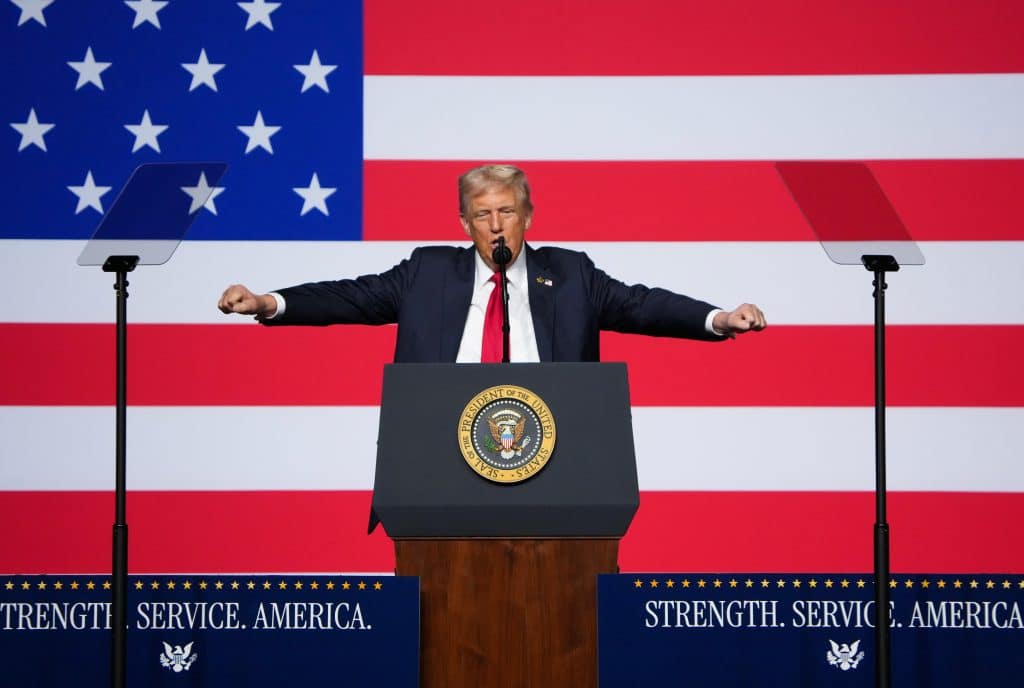During Donald Trump’s presidency, many critics argued that he exhibited autocratic tendencies, but there was debate about whether to label his actions as fascism. Scholars noted that while there’s widespread concern about creeping authoritarianism in the U.S., the definition of fascism varies among experts.
The authors provide a working definition of fascism as a right-wing political ideology focused on national renewal through race, militarized masculinity, and violence. Fascism seeks radical change and authoritarian leadership, often eroding civil liberties and using paramilitary forces. Unlike conservatism, which is more institutionally focused, fascism aims for greater, often violent transformation.
The article highlights historical examples of U.S. movements that functioned as “functional equivalents” to fascism, like the 1920s Ku Klux Klan and the Christian Front in the 1930s. However, these movements did not form a fascist government until Trump, termed as embodying “aspirational fascism,” attempted to push authoritarian policies in a more systemic manner.
Under Trump, there were initiatives that included pardoning January 6th rioters, attacking labor rights, expanding government policing powers, and promoting white supremacist narratives, signaling a move towards fascist ideology. Some MAGA supporters now openly embrace fascist identification.
Despite these trends, the U.S. hasn’t fully transitioned into a complete authoritarian state, as some democratic norms still exist. The article calls for a revival of American antifascism and emphasizes the urgency of combating these fascist movements. It concludes with the need for active resistance to prevent the potential rise of a fully realized fascist state.



